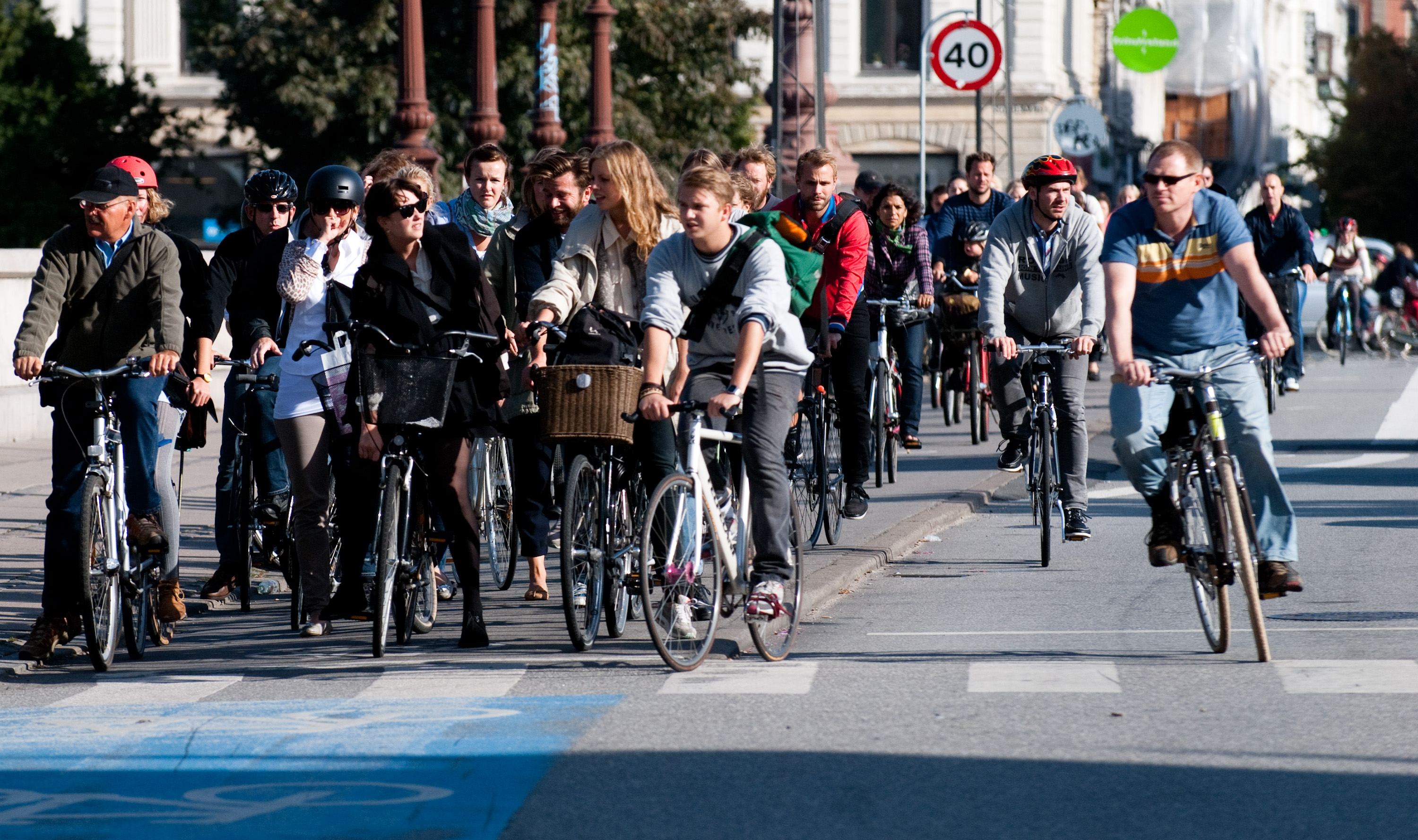 |
| The bus I normally ride |
Today I
will speak about how transports are like here! First, I will speak about the
busses, then trains, cars, bicycles and, lastly, walking. On one of the last
posts, I talked about the school, and that I always take a bus there. Here the
local traffic companies (trafikselskaber) are responsible for the busses, and
here it is called Sydtrafik. Each region has a different one, and this
influences on how the busses look like, on prices and some other things. There
are three ways to pay for your trip: buying it in the bus, using a Rejsekort or
showing your Ungdomskort. But what are those?
Rejsekort: a prepaid card that can be used countrywide, both on trains and
busses, and it gives you some discount over the normal ticket, according to the
kind of card you have.
Ungdomskort: that's the one I have. It is a card which you pay 12 DKK (US$1,80 or 1,60€) per day to be able to travel without limits inside a certain area.
So, if you want to visit your friend, and he/she lives in the same area as you,
then you can visit he/she for free! And there’s more: to go to any other zone in
the whole country, there’s a 50% discount on the ticket! (Update in Sep 2018: apparently, it doesn't work like that anymore; instead, everyone that fits in the "Ung" category = 16 to 25 year olds, get a 25% discount over the normal price, and the Ungdomskort is not anymore needed to get that discount, that applied to DSB's trains).
A good
thing is that the busses are not normally delayed, and always follow their
path; also, there’s an app called Rejseplanen, that has data of every bus and
train the whole country; it is literally a saviour when you want to get back
home or travel somewhere!
Apart from
the busses, there are also trains, as mentioned before; there are railways all
over the country and it’s possible to travel between every medium or large town
using them without hassle. There are currently five train types running in
Denmark, most operated by DSB, the former state-owned rail company and the
largest one in the country. They are:
- InterCity, that runs between major cities and stops at every station.
- InterCityLyn, that’s like the first but stops less.
- Regional, which runs slowly, stops at every station and has less comfort.
- S-tog, the regional train at Copenhagen metro area.
- Finally,
the trains operated by Arriva, a German train company.

 |
| Train routes in Denmark |
It’s worth
noting that, even that having a car here is expensive (the registration tax is
up to 180% of its value and gas costs US$5,63 per gallon/1,34€ per litre), many people still buy and maintain cars and use them to
commute, travel and even to come to school, because of how convenient it is and
for them not to depend on trains, busses and bicycles. Because of that, many
works like the Vejlefjord bridge were made and widened to bear the growing
traffic of cars and trucks here.
 |
| The Lillebæltsbroen, linking Fredericia in Jutland with Middelfart in Funen. |
We can’t forget about bicycles!
Denmark, together with the Netherlands, are famous for their extensive use of
bicycles and for making the necessary infrastructure for their good use. Here,
many main roads have a special bicycle track parallel to them, and almost every
main road on a city has a bike lane on the side. Many people use them to go to
work or school, and in Copenhagen, almost half of the commuters in the city use
the bike, 45% to be more exact.
 |
| Rush hour in Copenhagen |
Lastly, but not less important, here
is very common to walk to places, not just small distances (less than a km/0,6mi).
This may be one of the reasons why every medium to large sized city here has
their main shopping point on a walking street, or gågade in Danish. It is there
or around it that many things happen and where it’s possible to but a large
array of stuff, like food (there’s always a market), clothes, personal items,
and some others, and normally every gågade has a set of stores that are present
in every city, maybe because of coincidence or because they like to be in the
middle of everything!
I hope it was a good and informing
article of how people get around in here :)
Vi ses!

Nenhum comentário:
Postar um comentário